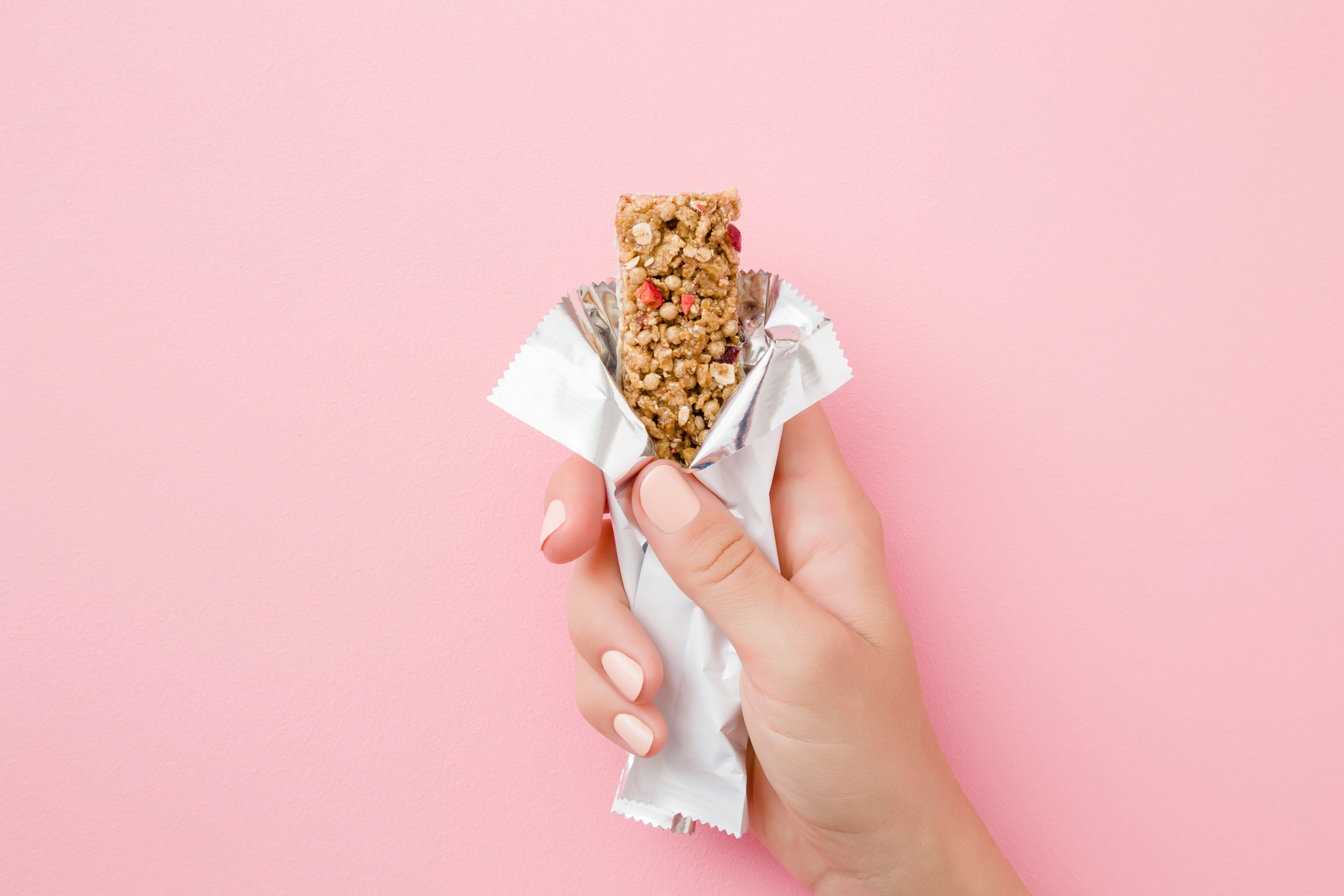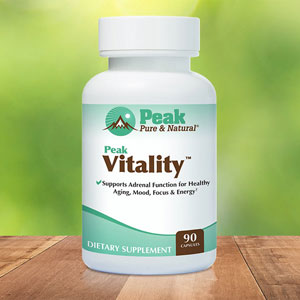Get Easy Health Digest™ in your inbox and don’t miss a thing when you subscribe today. Plus, get the free bonus report, Mother Nature’s Tips, Tricks and Remedies for Cholesterol, Blood Pressure & Blood Sugar as my way of saying welcome to the community!
Healthier ‘made with real fruit’ products to reach for in a crunch

The food industry is sneaky. Its companies do whatever they can within the boundaries of Food and Drug Administration (FDA) rules to get you to see their food as healthy.
For example, there’s a deceptive practice called ingredient splitting and combining. It’s designed to keep you from knowing exactly how much of a particular ingredient or group of ingredients (like added sugars) is lurking in your food.
Food companies also use tricky marketing to position their products as healthier than they actually are. And a lot of that marketing is aimed at kid’s snacks.
However, kids aren’t the only ones they’re selling to. Plenty of adult alternatives to fresh, whole fruit are on the market, harping convenience and longer shelf life. If you’re in the habit of reaching for them in a crunch, you need to know the good from the bad…
Rating fruit snacks: it’s not all ‘apples to apples’
It is recommended that adults consume 1½ cups of fresh fruit a day. For children, the recommended amount ranges between 1 cup a day for toddlers between 1 and 3 years of age to 2 cups for boys between the ages of 14 and 18.
However, 80 percent of the U.S. population doesn’t get the recommended daily amount of fresh fruit. That’s one reason many consumers reach for fruit snacks.
But is that an apples-to-apples trade-off? Researchers at the University of Massachusetts Amherst decided to asses the nutritional value of 1,497 commercially available fruit snacks to find out…
They defined fruit snacks as “non-frozen, non-beverage food products mainly made with fruit ingredients.” But as we were just discussing, slapping “made with real fruit” on the label doesn’t mean much since food manufacturers don’t have to specify how much fruit is in the product. It could be only a single grape or slice of orange (or less).
Each snack’s health value was assessed using the Nutrient Rich Foods (NRF) Index, which calculates an overall nutrition quality score based on the nutrient profile of foods. The index considers desirable nutrients such as protein, dietary fiber, potassium, vitamin D, calcium and iron — and less desirable ingredients nutrition experts recommend limiting — like saturated fat, added sugar, sodium and cholesterol.
They also looked at nutritional value per serving size and calculated added sugar and fiber content based on the FDA’s Reference Amount Customarily Consumed per eating occasion to balance the serving variability among different fruit snack categories.
“We were trying to connect the dots between all the nutrients, which is the advantage of the NRF — to be able to look at multiple nutrients at the same time,” says food scientist Alissa Nolden, a professor at UMass Amherst.
The fruit snacks were classified into nine categories:
- Dried fruit
- Fruit-based bar
- Dried flavored fruit
- Canned fruit
- Fruit-flavored snack
- Fruit puree
- Fruit chips
- Formed fruit
- Canned fruit with juice
Out of these nine categories, dried fruit was the one deemed most nutritious. Dried fruit had the highest nutrient density and fiber content, and the lowest added sugar.
The worst in terms of nutrition? Fruit-flavored snacks such as gummies, which had the lowest nutrient density and fiber content and the highest amount of added sugar. Two other categories — dried flavored fruit and canned fruit packed in something other than juice — were also considered low in nutrition because of their high amounts of added sugar.
Find balance
An important consideration when reaching for a fruit product versus real fruit is the nutritional elements the researchers didn’t test for…
Often when fruit is processed for commercial products, the less desirable parts become food waste, like the peel or skins and tiny seeds — and studies have demonstrated these parts hold vitamins, minerals and valuable phytonutrients like polyphenols, flavonoids, chlorophylls, carotenoids, tannins and antioxidants.
That means the powerful bioactive compounds that fruits are known for may be lost in production. But at least with berries, that may not be true. I have seen research that some berries when freeze-dried maintain those valuable compounds for up to 6 months.
So even though grabbing some bananas, apples and berries is just as easy as grabbing fruit snacks at the grocery store, if you’d still prefer the occasional fruit snack (they can be convenient on the go), the research is clear — dried fruit is best.
Fruit puree and canned fruit with juice met their criteria for high-nutrition snacks as well. Just check labels to be sure there’s no added sugar or even artificial sweeteners.
Editor’s note: Are you feeling unusually tired? You may think this is normal aging, but the problem could be your master hormone. When it’s not working, your risk of age-related diseases skyrockets. To reset what many call “the trigger for all disease” and live better, longer, click here to discover The Insulin Factor: How to Repair Your Body’s Master Controller and Conquer Chronic Disease!
Sources:
For a healthy fruit snack, what would you choose? — ScienceDaily
Food Labeling Tricks — Marpe
Fruit and Veggie Toolkit for Kids — American Heart Association














